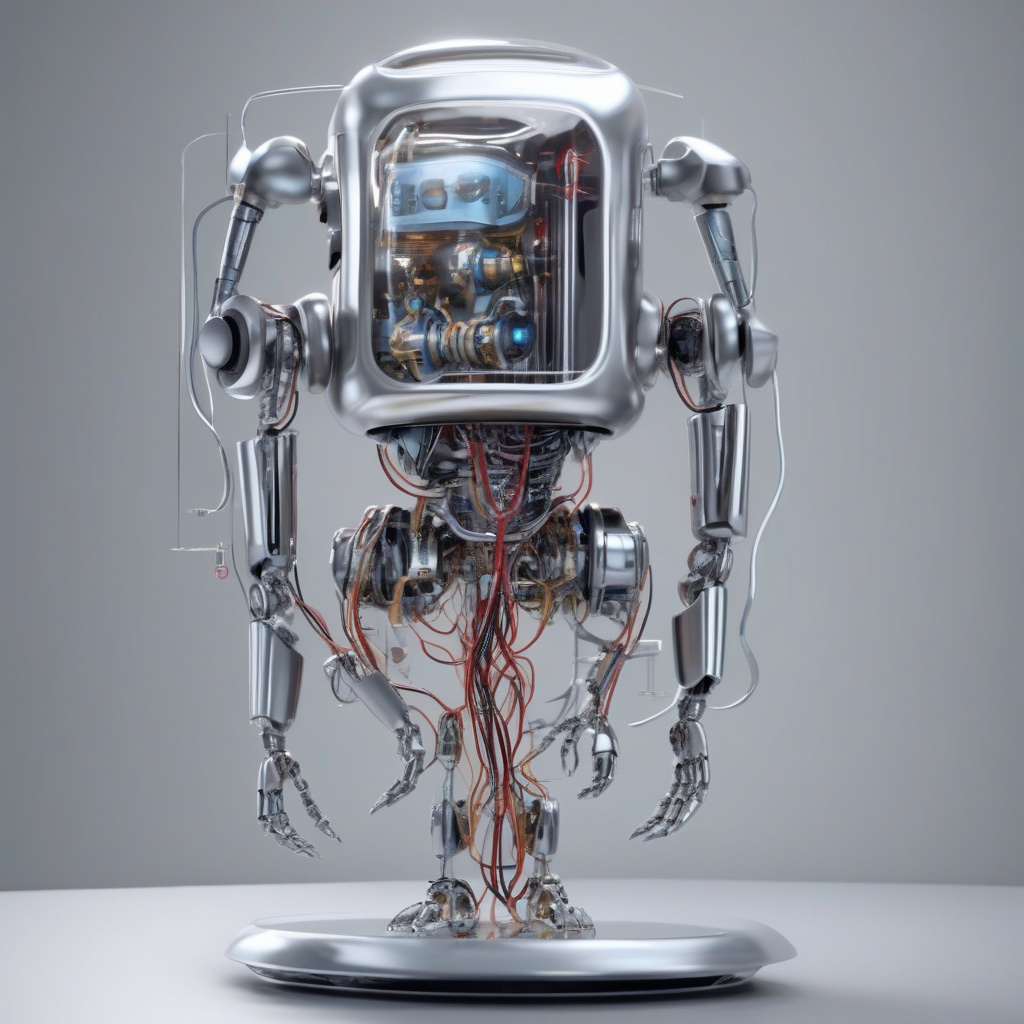Tiny Magnetic ‘Robot’ Revolutionizes Kidney Stone Treatment
Kidney stones are one of the most painful medical conditions a person can experience. For those who have suffered through them, the excruciating pain is unforgettable. However, a groundbreaking innovation in the form of a tiny magnetic ‘robot’ offers hope for a faster and less painful solution to this common ailment.
Traditional treatments for kidney stones often involve a great deal of discomfort for patients. From lithotripsy, which uses shock waves to break up the stones, to surgeries that require incisions, the options have not always been ideal. This new development, though, aims to change the game entirely.
The tiny magnetic ‘robot’ is ingested by the patient and guided through the urinary system using external magnets. Once in the vicinity of the kidney stone, the ‘robot’ delivers targeted therapy to break down the stone into smaller pieces. This method not only reduces the time it takes to dissolve the stone but also minimizes the pain associated with the process.
One of the key advantages of this innovative approach is its non-invasive nature. Unlike traditional treatments that can lead to complications or infections, the tiny magnetic ‘robot’ operates from inside the body, eliminating the need for surgical intervention. This not only reduces the recovery time for patients but also lowers the risk of side effects.
Moreover, the precision of the magnetic ‘robot’ therapy is unparalleled. By specifically targeting the kidney stone, it minimizes damage to surrounding tissues and organs, making it a safer option for patients. This level of accuracy ensures that the treatment is both effective and efficient, providing relief to those suffering from kidney stones.
In addition to its medical benefits, the tiny magnetic ‘robot’ also represents a leap forward in technological innovation. The marriage of medicine and robotics has paved the way for more advanced and specialized treatments, offering new hope for patients with various medical conditions. As technology continues to advance, the possibilities for improving healthcare are endless.
While the tiny magnetic ‘robot’ is still in the early stages of development, the results so far have been promising. Clinical trials have shown a significant reduction in treatment time and pain levels for patients using this cutting-edge technology. As researchers continue to refine and improve the ‘robot,’ the future looks bright for those in need of kidney stone treatment.
In conclusion, the introduction of the tiny magnetic ‘robot’ into the field of kidney stone treatment signifies a new era of innovation and progress. By combining the power of magnets with robotics, medical professionals can now offer patients a faster, less painful solution to this common medical issue. As technology continues to advance, the potential for further advancements in healthcare remains limitless, promising a brighter and healthier future for all.
kidney stones, medical innovation, robotics, non-invasive treatment, precision therapy












